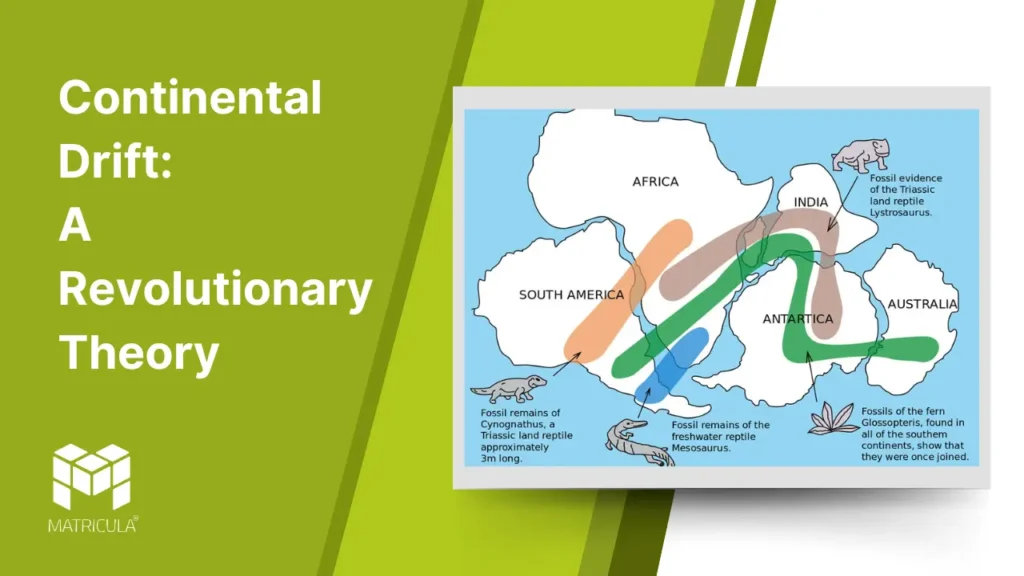Continental drift is a scientific theory that revolutionized our understanding of Earth’s geography and geological processes. Proposed by German meteorologist and geophysicist Alfred Wegener in 1912, the theory posits that continents were once joined together in a single landmass and have since drifted apart over geological time.
The Origin of Continental Drift Theory
Alfred Wegener introduced the idea of a supercontinent called Pangaea, which existed around 300 million years ago. Over time, this landmass fragmented and its pieces drifted to their current positions. Wegener’s theory challenged the prevailing notion that continents and oceans had remained fixed since the Earth’s formation.
Evidence Supporting Continental Drift
Fit of the Continents: The coastlines of continents like South America and Africa fit together like puzzle pieces, suggesting they were once joined.
Fossil Evidence: Identical fossils of plants and animals, such as Mesosaurus (a freshwater reptile), have been found on continents now separated by oceans. This indicates that these continents were once connected.
Geological Similarities: Mountain ranges, such as the Appalachian Mountains in North America and the Caledonian Mountains in Europe, share similar rock compositions and structures, hinting at a shared origin.
Paleoclimatic Evidence: Evidence of glaciation, such as glacial striations, has been found in regions that are now tropical, like India and Africa, suggesting these regions were once closer to the poles.
Challenges to Wegener’s Theory
Despite its compelling evidence, Wegener’s theory faced criticism because he could not explain the mechanism driving the continents’ movement. At the time, the scientific community lacked knowledge about the Earth’s mantle and plate tectonics, which are now understood to be key to continental movement.
Link to Plate Tectonics
The theory of plate tectonics, developed in the mid-20th century, provided the missing mechanism for continental drift. It describes the Earth’s lithosphere as divided into tectonic plates that float on the semi-fluid asthenosphere beneath them. Convection currents in the mantle drive the movement of these plates, causing continents to drift, collide, or separate.
Impact of Continental Drift
- Formation of Landforms: The drifting of continents leads to the creation of mountain ranges, ocean basins, and rift valleys.
- Earthquakes and Volcanoes: The interaction of tectonic plates at their boundaries results in seismic and volcanic activity.
- Biogeography: The movement of continents explains the distribution of species and the evolution of unique ecosystems.




